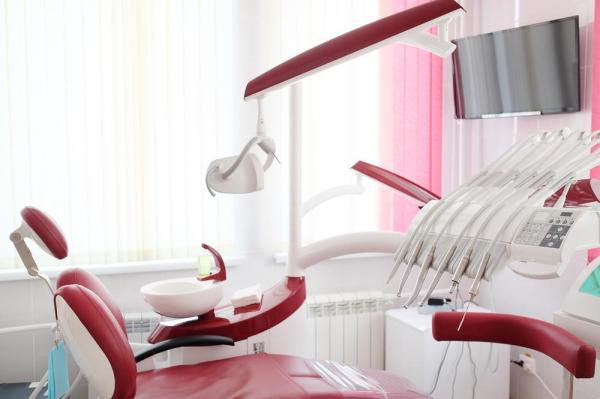
POITIERS, France, Feb. 16 (UPI) — Disinfectants used by dentists in their offices did not shift or kill all bacteria in water lines, so the equipment there may never actually be clean, researchers in France found in a recent study.
Researchers tested the cleaners on bacteria, yeasts, and other microbes that form biofilms in water lines and on equipment after moving out of people’s mouths during treatment, finding none of them were completely effective on a polymicrobial biofilm.
Biofilms act as protective layers bacteria grow over themselves and are difficult to remove, though there are steps researchers say dentists can take to attempt to prevent their formation.
“During dental procedures, patients and dentists can be exposed to microorganisms present in the water circulating inside dental units,” Dr. Damien Costa, a researcher at the University of Poitiers, said in a press release. “Infections may occur if this potentially microbiologically contaminated water is inhaled or splashed. We wanted to determine the best way to keep dental lines clean and avoid infection.”
For the study, published in the journal of Water Research, researchers tested three disinfectants used by European dentists — Calbenium, Oxygenal 6, and Sterispray — against biofilms grown in conditions similar to dental water lines. The biofilms contained several different microbes: the bacterium Pseudomonas aeruginosa, the fungus Candida albicans, and the free-living ameoba Vermamoeba vermiformis, which can also carry other bacteria that infect humans.
The researchers report all three chemicals killed the fungus, but none was completely effective at clearing entire biofilms. Calbenium was the most effective, and stopped new biofilms from forming, but did not kill the amoebae — a real concern after a woman in 2011 was diagnosed with Legionnaire’s disease, likely caught thanks to an amoeba in a dental water line.
While none of the cleaners was fully effective, researchers suggest using a disinfectant as a preventive agent instead of just for cleaning, avoiding stagnating water that microbes can grow in, and using higher quality water not contaminated by microbes.





